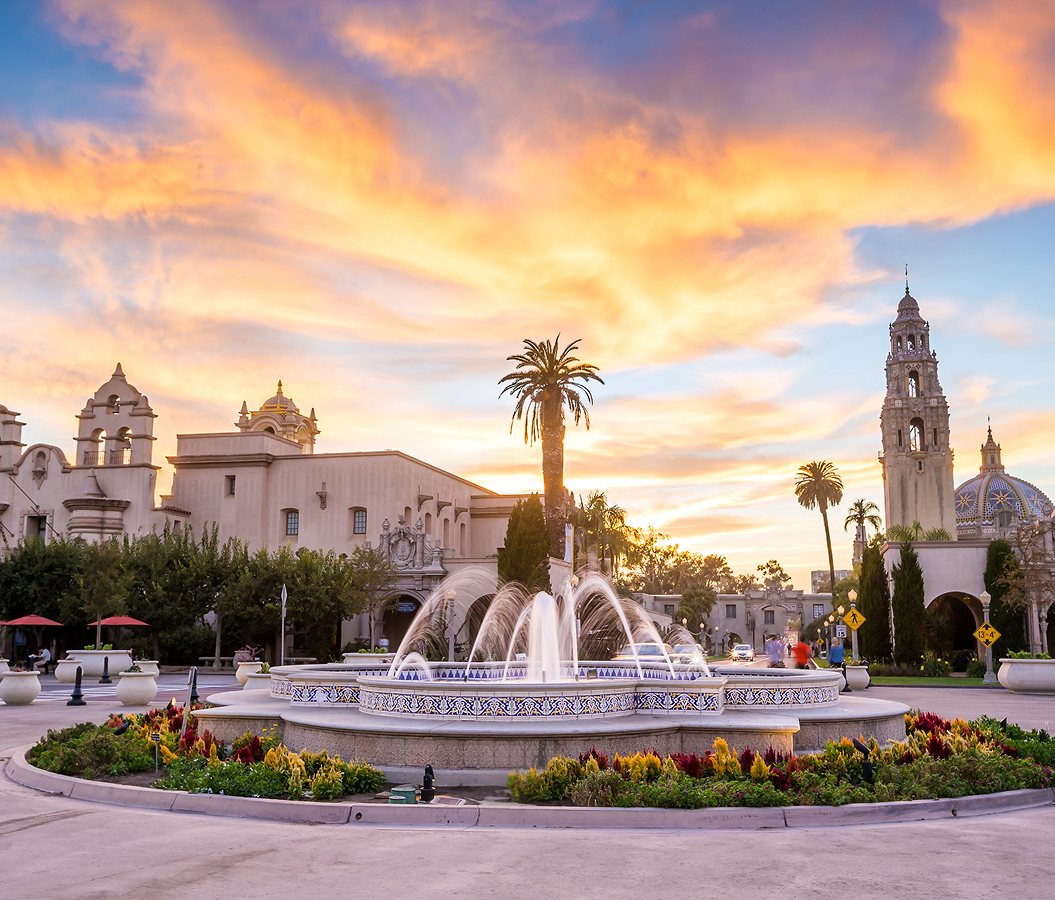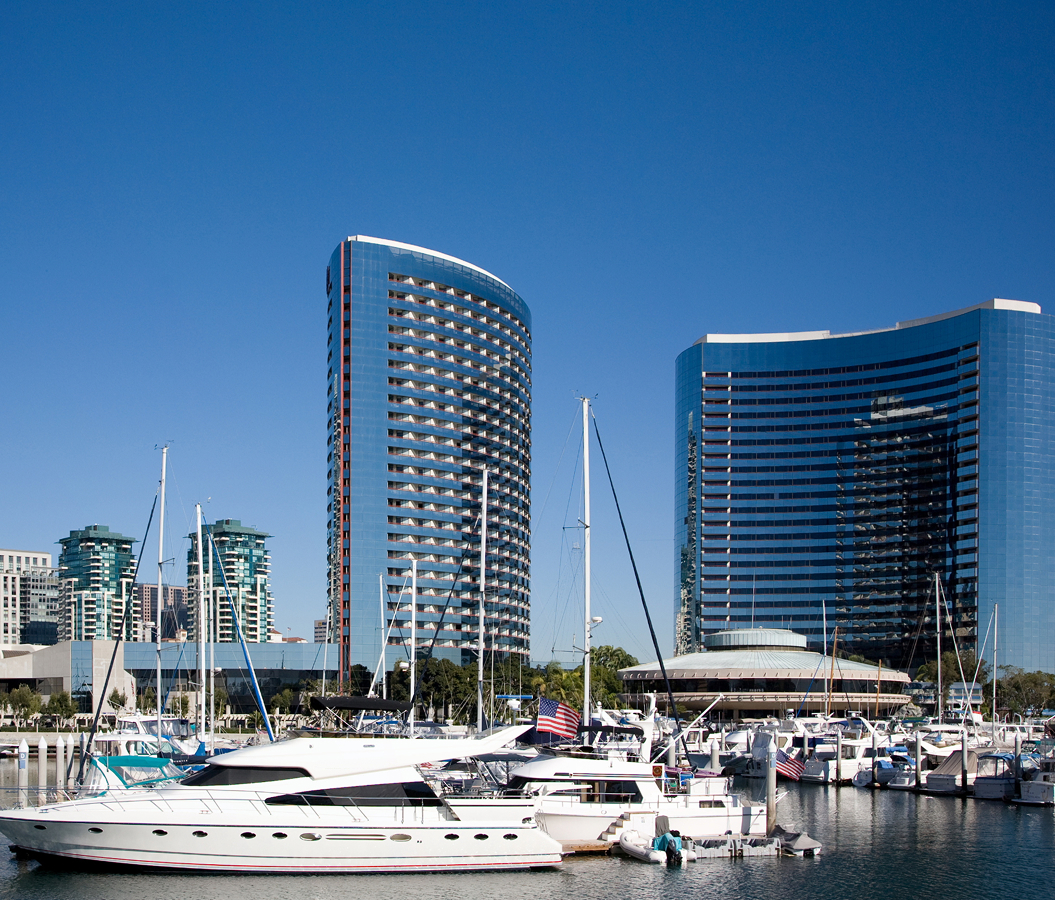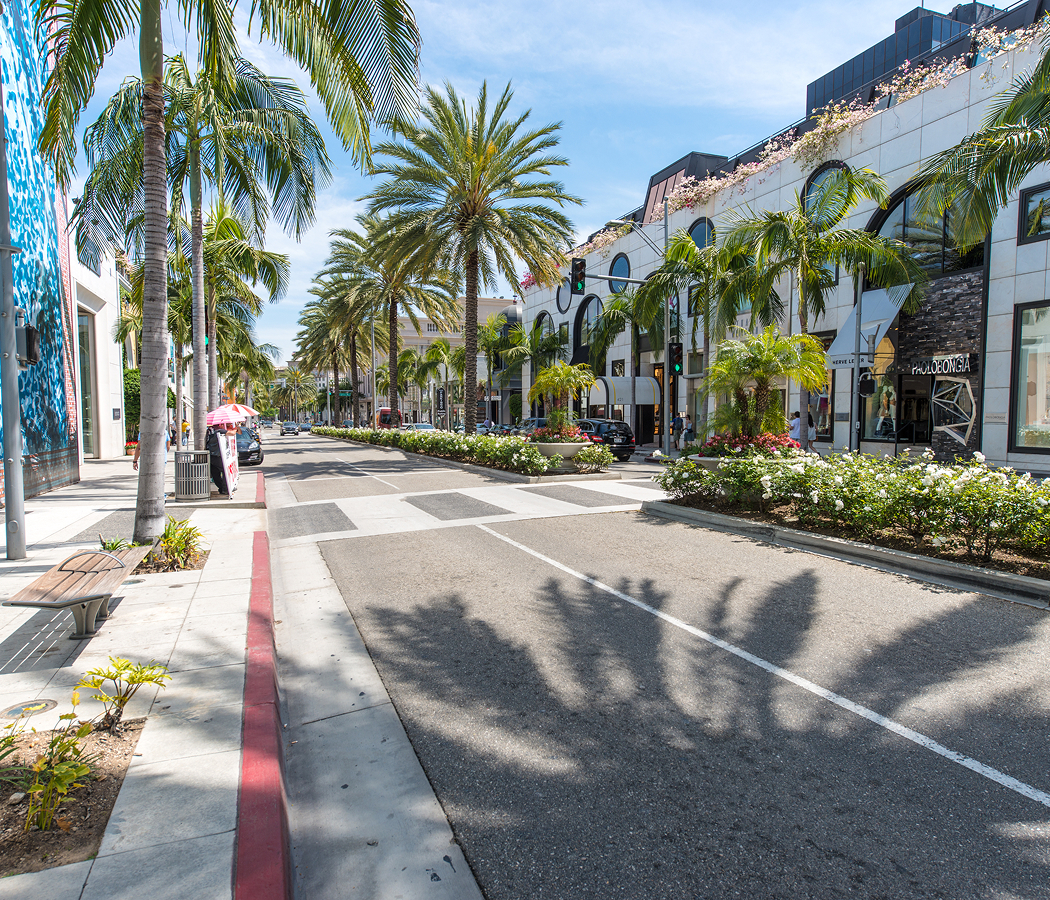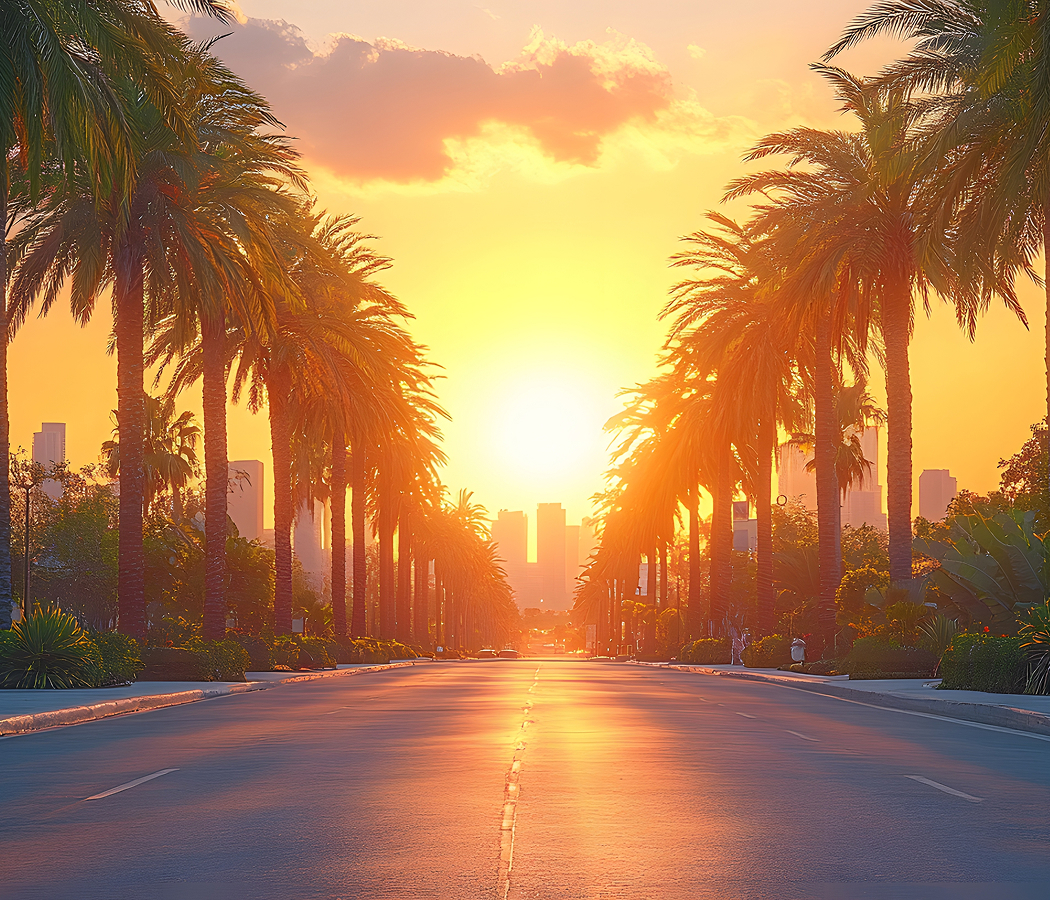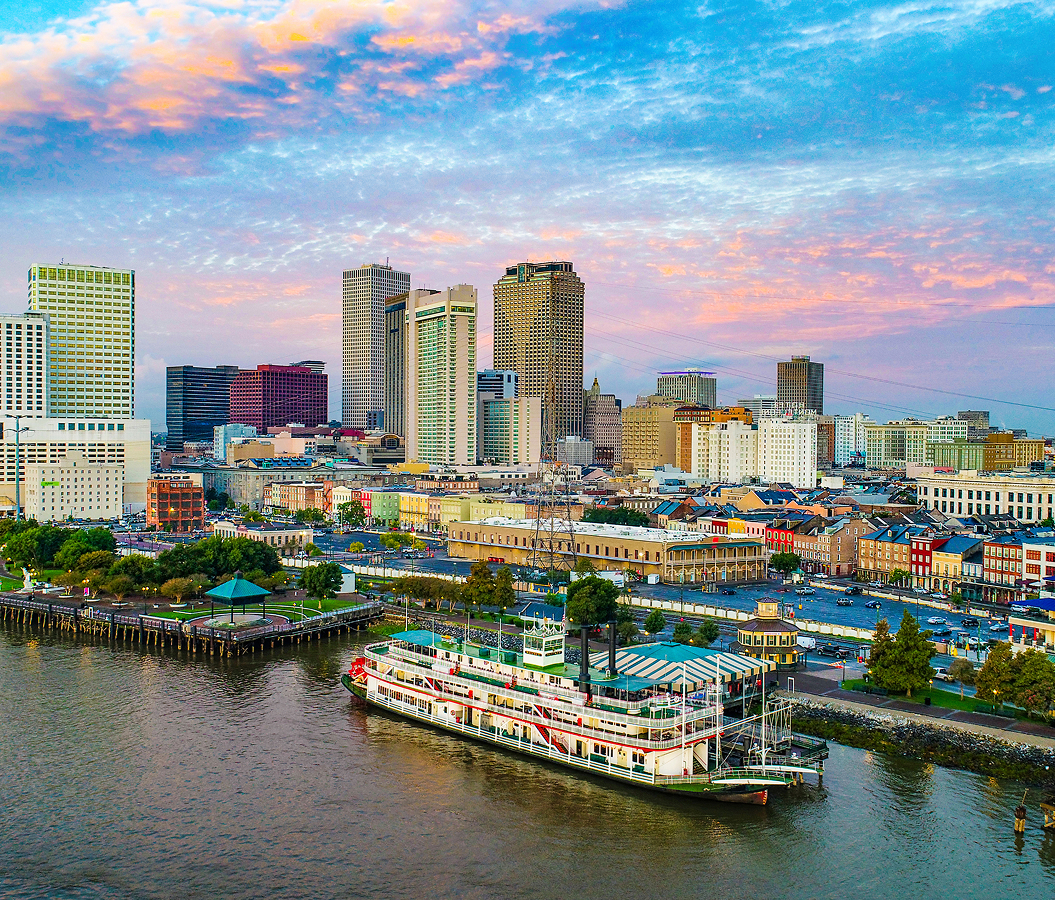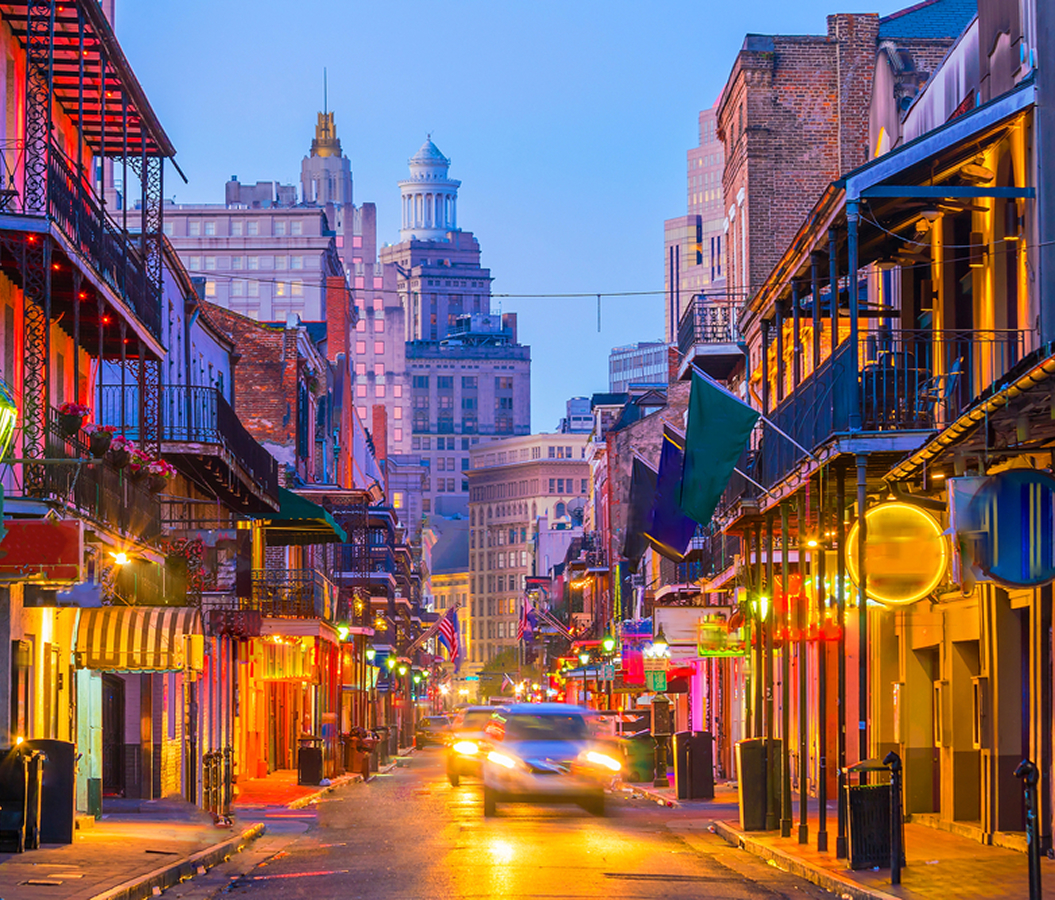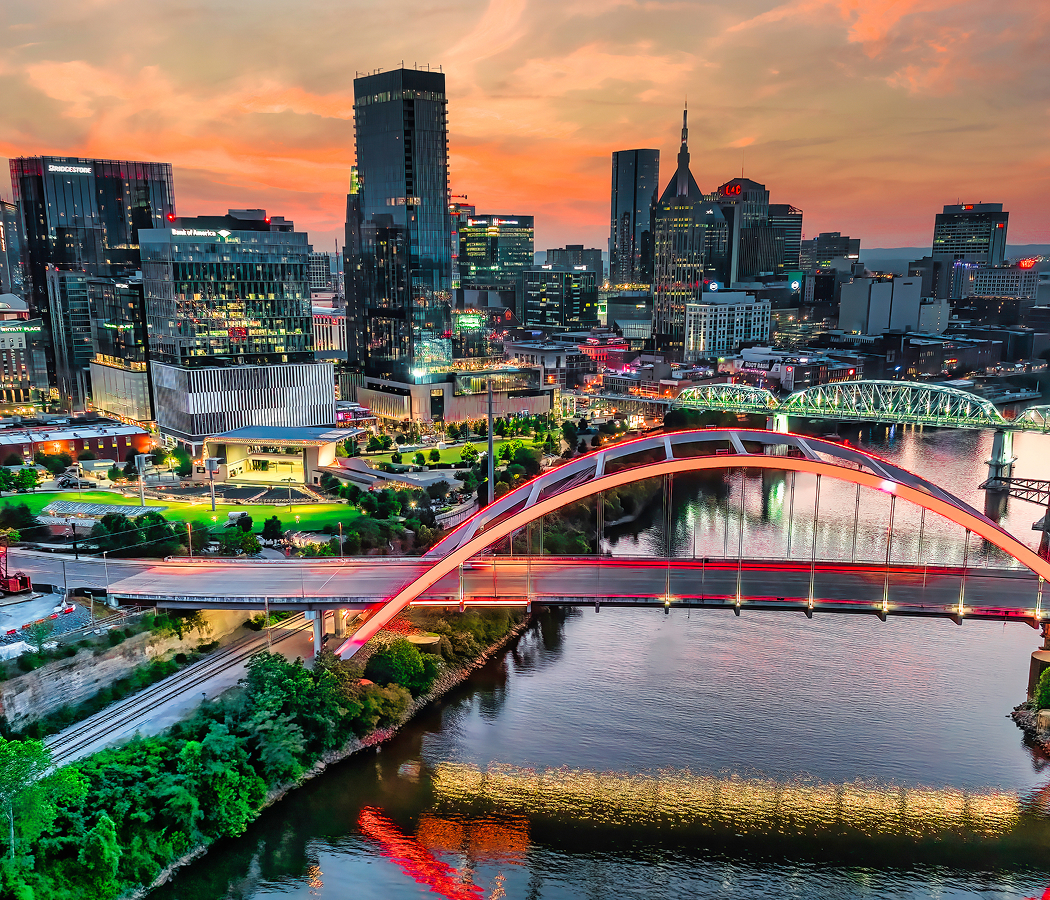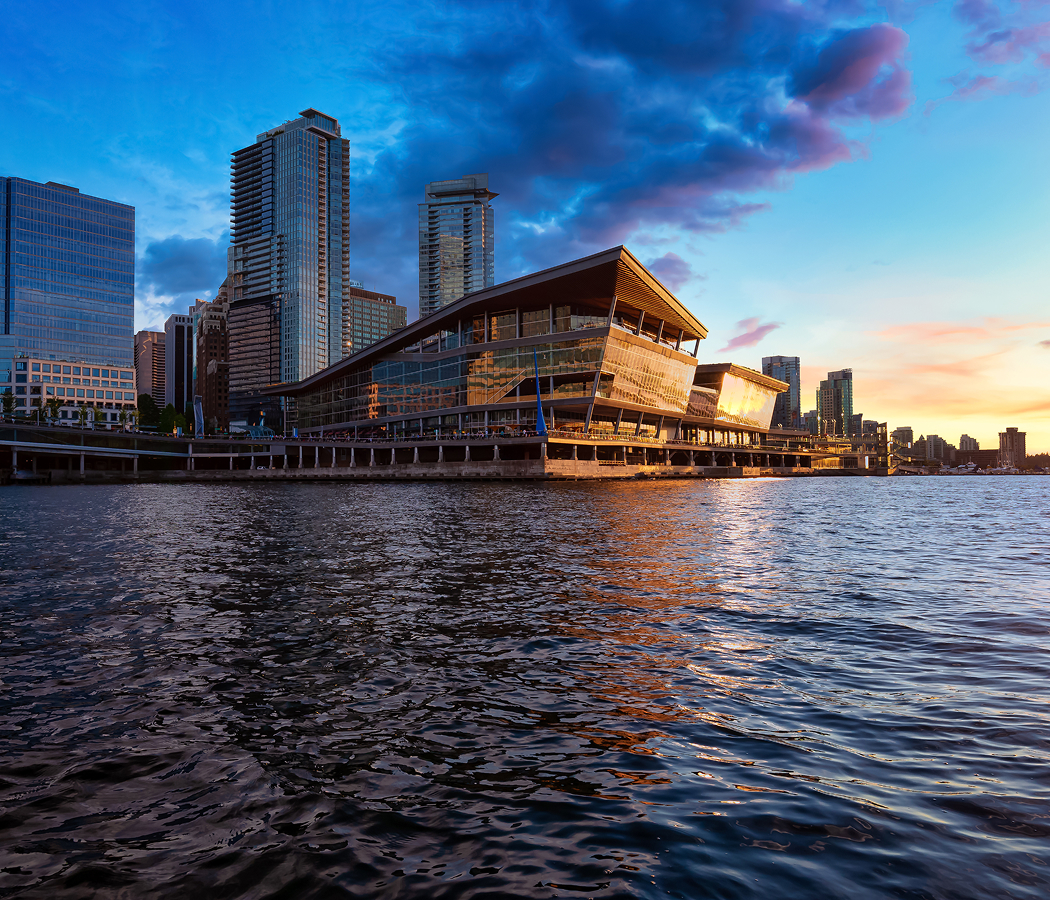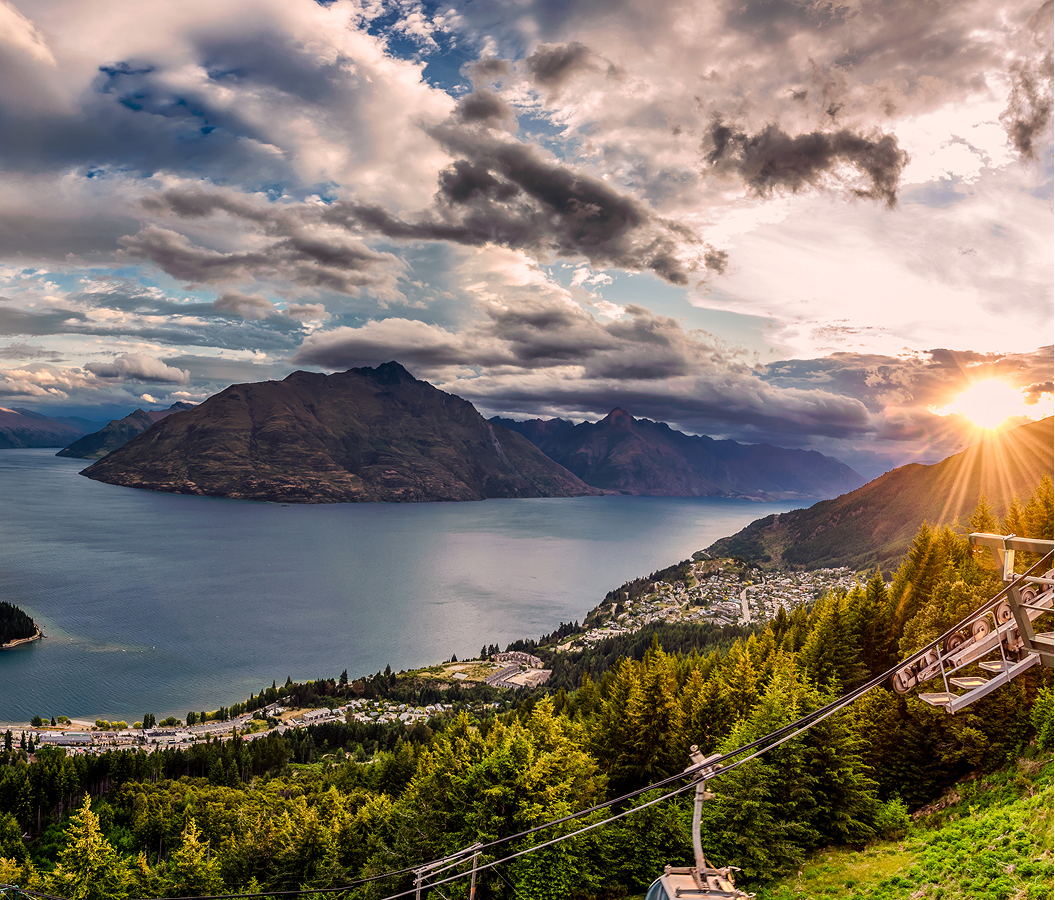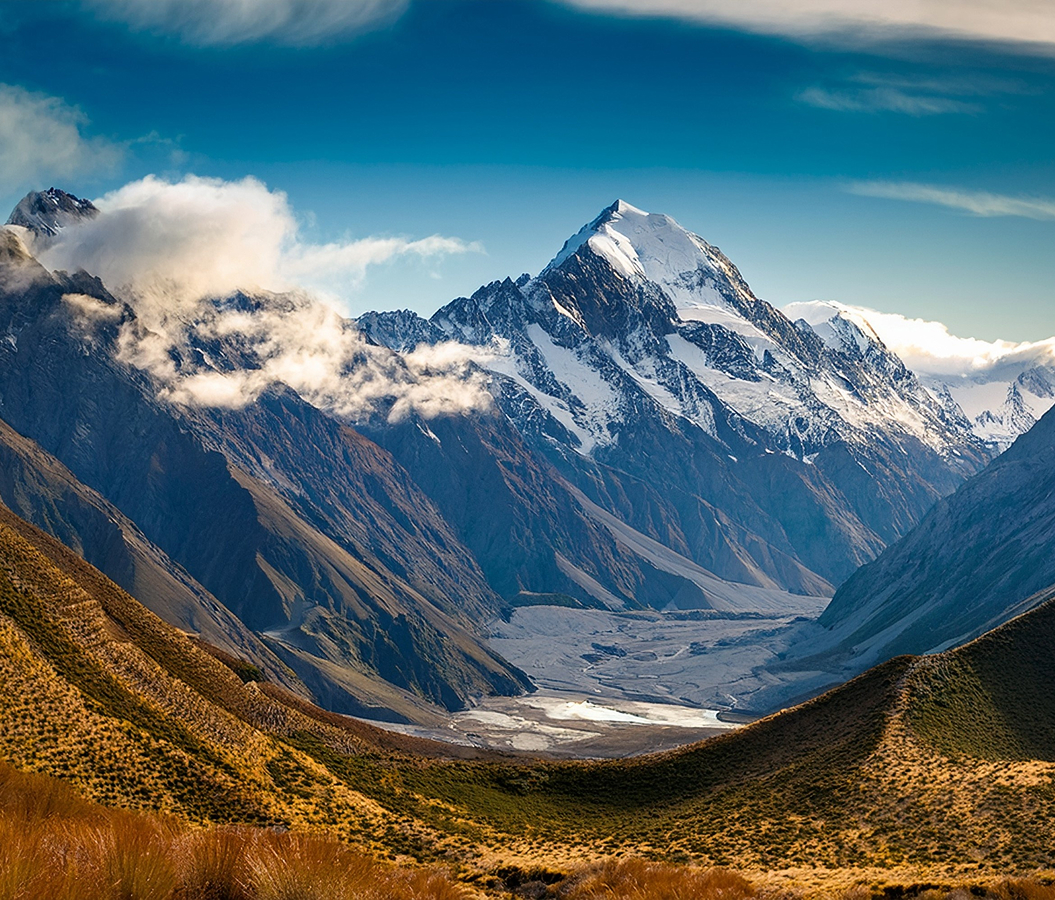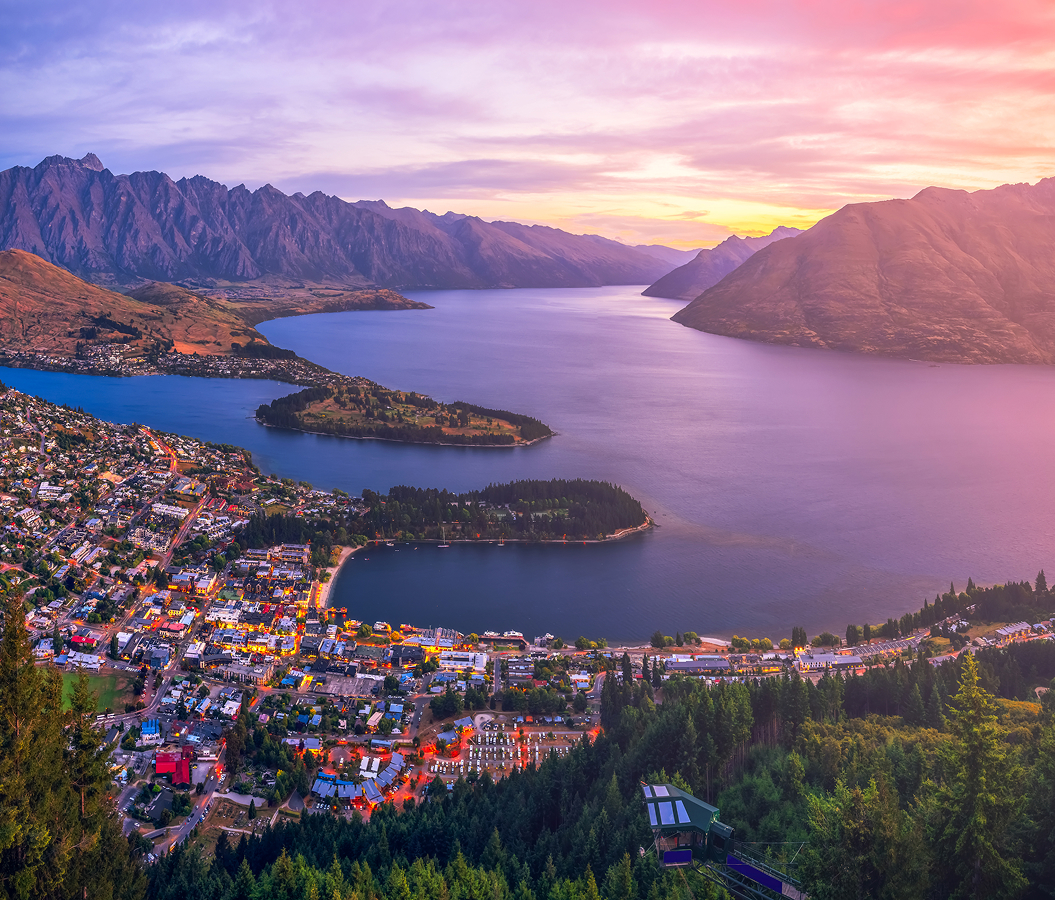
Why you should experience Balboa Park in San Diego.
In the heart of San Diego, Balboa Park unfolds like a living canvas, 1,200 acres of Spanish Colonial architecture, lush gardens, and cultural wonder woven seamlessly into the city’s rhythm.
It’s not just a park; it’s the soul of San Diego, a place where art, history, and nature meet beneath California’s endless blue sky. Built for the Panama, California Exposition of 1915, Balboa Park was designed to dazzle, and a century later, it still does. The moment you step through the Cabrillo Bridge or beneath the ornate arches of the California Tower, you feel transported to another era. Palm trees sway beside intricate stucco facades, fountains sparkle in the sun, and the air hums with the sound of musicians playing near the reflecting pool. Locals jog past sculpted courtyards at dawn; families picnic under jacaranda blossoms; visitors wander through galleries, gardens, and museums that could each be destinations of their own. There’s a rhythm here, the murmur of water, the rustle of eucalyptus leaves, the distant roar of lions from the San Diego Zoo nearby, that makes the entire park feel alive. Balboa Park is not just a green space; it’s an experience that touches all the senses, a sanctuary where the spirit of discovery has never stopped blooming.
What you didn’t know about Balboa Park.
What makes Balboa Park so extraordinary isn’t just its beauty, but the history and innovation hidden within its ornate facades.
Named after the Spanish explorer Vasco Núñez de Balboa, the park was envisioned as a world-class cultural showcase long before San Diego became a major city. The 1915 Panama, California Exposition transformed the city’s landscape, introducing the now-iconic Spanish Colonial Revival architecture designed by Bertram Goodhue and Carleton Winslow. The buildings, with their filigreed towers, domes, and courtyards, were meant to be temporary, yet public love for them was so overwhelming that they were preserved and restored again and again. The park’s evolution continued with the 1935 California Pacific International Exposition, which added more landmarks, including the Old Globe Theatre, a replica of Shakespeare’s original playhouse that still hosts acclaimed performances today. Beyond its architectural splendor, Balboa Park became a hub for science, culture, and education. The San Diego Museum of Art, Fleet Science Center, Museum of Us, and San Diego Natural History Museum each tell a different chapter of human curiosity, from prehistoric fossils to modern art. The park is also a living ecological story, its gardens, including the Alcazar Garden, Japanese Friendship Garden, and Desert Cactus Garden, showcase an astonishing range of plant life adapted to the region’s Mediterranean climate. What few realize is that during World War II, Balboa Park was converted into a naval hospital, its grand halls filled with cots and doctors rather than art. Later, many of those same spaces became cultural beacons once more, a reflection of San Diego’s resilience and creativity. Even today, Balboa Park serves as a stage for festivals, parades, and community events that celebrate the city’s diversity. Whether you’re here for the history, the art, or simply the serenity of a shaded bench beside a fountain, Balboa Park holds the rare power to make you pause, to remind you that beauty and meaning can coexist in every era.
How to fold Balboa Park into your trip.
Exploring Balboa Park is like peeling back layers of time, each turn reveals something new, yet deeply connected to what came before.
Start your day at the El Prado promenade, the park’s central artery lined with museums and gardens, where Spanish arches frame postcard-perfect views. Step into the Botanical Building, one of the largest lath structures in the world, filled with over 2,000 exotic plants that thrive in the filtered sunlight. Just across the reflecting pool, the San Diego Museum of Art beckons with its world-class collection, from Spanish masters like El Greco and Goya to modern visionaries. If you’re craving movement, rent a bike or stroll through the Palm Canyon Trail, where 450 palms create a hidden oasis beneath the city skyline. In the afternoon, visit the Japanese Friendship Garden for quiet reflection among koi ponds and maple trees, or the Desert Garden, where cacti bloom in surreal shapes and colors. For families, the adjacent San Diego Zoo offers one of the most renowned wildlife experiences on Earth, seamlessly integrated into the park’s landscape. As evening falls, the park takes on an entirely different character, string lights flicker above café patios, the Old Globe Theatre fills with laughter and applause, and musicians play beneath the twinkling dome of the California Tower. The best way to end the day? Sit by the Lily Pond as the sky deepens to indigo, and watch the park’s reflection shimmer like a dream made real. In that moment, you’ll understand, Balboa Park isn’t just the cultural heart of San Diego. It’s the city’s memory, imagination, and soul made visible beneath the stars.
Hear it from the Foresyte community.
Sun-soaked maze of gardens, galleries, and quiet courtyards where time slows down. One moment you’re wandering through Spanish-style arches, the next you’re lost in the color of blooming roses and the hum of street performers.
Where meaningful travel begins.
Start your journey with Foresyte, where the planning is part of the magic.
Discover the experiences that matter most.


